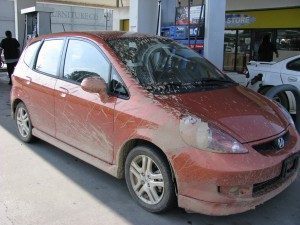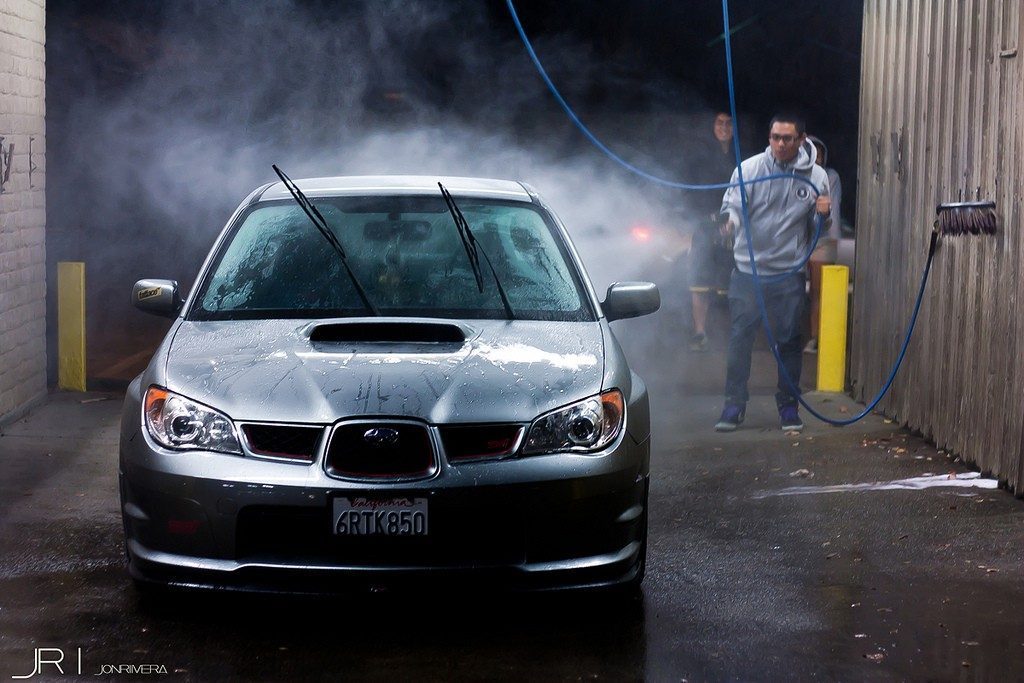Best Way to Wash Your Car
When warm weather rolls around, car buffs rejoice. You get to enjoy sunny, carefree weekends cruising in your car. But if there’s one thing nice weather brings, it’s a reminder to give your car a well-needed wash outside. You probably just gave it a quick squirt with the hose during the winter, so how exactly do you wash a car again?
Read on to find out the best techniques to give your car a great wash.
 Watch Your Timing
Watch Your Timing
Before you even start washing, it’s best to know when to wash your car. Washing your car on a weekly basis is a smart move, but only if your car is mostly clean.
If your car is covered in bird droppings, dead bugs, or dirt, you should probably get out and wash it ASAP. These contain proteins and acids that attach themselves to your car’s surface, eating through wax and eventually destroying your car’s paint.
You should also wash your car frequently to avoid brake dust buildup. When your car moves, brake dust and roadway chemicals create a fog that can coat the lower parts of your car with a nearly invisible mist. This can be highly corrosive and sticky.
It’s best to wash your car when the sun isn’t high in the sky. The sun heats your car’s body, which speeds the drying of soap and water. This makes washing more difficult and soap deposits are more likely to form.
Find the Right Products
So you’re outside at an ideal time of day, and your car’s aching for a bath. What products should you use?
Don’t even think about reaching for household cleaners. These aren’t designed for car paint and they can strip away the wax. Instead, use a car-washing product that is specifically designed for cars only.
You’ll also need two soft, non-abrasive sponges or cloths – one for the body, and one for the wheels and tires. Using the same cloth for the whole car can spread debris, dust and chemicals that can harm your car’s finish. Finally, keep two buckets on hand – one with soapy water, and another with clean water.
Proper Washing
Follow these general guidelines to ensure a successful wash:
- Wash your wheels and tires first, as they’re usually the dirtiest part. Wash them one at a time and rinse before washing the next one.
- Take a hose to the car to rinse off any loose debris.
- Start sponging your car. Dip your sponge in clean water before the soapy water to rinse out the dirt. Instead of moving the sponge in circles, which will create swirl marks, move the sponge lengthwise along your car.
- Rinse your car top-to-bottom with a light hose setting.
If you simply don’t have the time to wash your car, or you want a washing job that won’t run the risk of damaging your paint, consider going to an automatic car wash. These washes use less water, reduce ground water pollution, and help preserve your car’s paint.

Drying
Drying your vehicle quickly after washing prevents water spots, which are caused by mineral deposits left behind in drops of water. Try to stay away from terry towels and instead use a chamois or microfiber towel. These are both absorbent and safe for car paint.
Blot the water up with the towel – dragging the towel over the paint is less effective. Dry windows and mirrors first, then work your way around the body and wheels.
If you follow these steps, your car will be looking like it just rolled out of the showroom!




